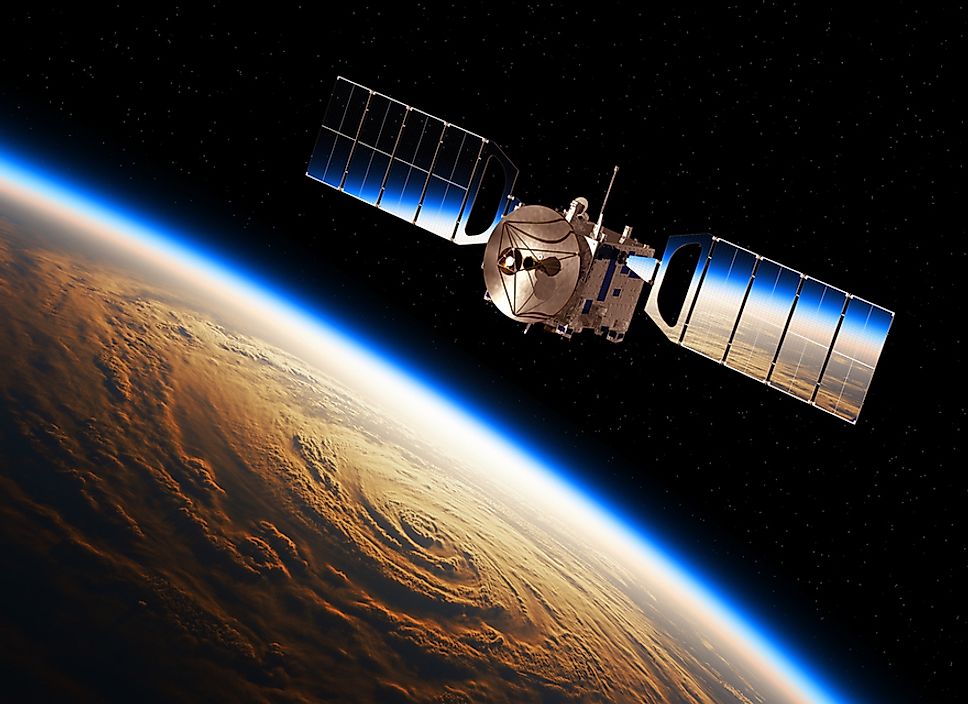What Is Geocentric Orbit?

The term ‘geocentric orbit’ is used to describe the orbit of any object around the Earth. According to modern science, the Moon, which is the Earth’s natural satellite, and a number of man-made satellites orbit the Earth. However, prior to the development of telescopes and other tools of observation, and fuelled by religious myths, it was thought that the Earth was the center of the universe and the solar system, and therefore all planets, as well as the sun and the Moon, followed geocentric orbits around the Earth.
The geocentric model of the solar system was popular for hundreds of years before Copernicus and Galileo debunked it and presented the Heliocentric model of the solar system. Their discovery was met with persecution and both were forced to live their lives in fear. However, geocentric orbits of anything other than the Moon have now been firmly debunked. According to NASA data, there are approximately three thousand manmade satellites that are in a geocentric orbit, while about twenty thousand payloads that were launched have entered the Earth’s atmosphere due to orbital decay. The Goddard Space Flight Centre tracks space junk and according to their latest estimates, there are about ten thousand pieces of space junk in geocentric orbits around the Earth. It is believed that some of this space junk will suffer from orbital decay and burn up in the Earth's atmosphere in the near future, while others may stay in the orbit for years.
Details
The most commonly used classification for geocentric orbits is the one based on altitude, which is the height of an object above the Earth's surface. The lowest altitude where a stable orbit can be created is 100 miles. This is called the low Earth orbit (LEO). The highest point of LEO is approximately 1,200 miles. It has been calculated that an orbital speed of 8 km/sec is required by an object to maintain stable LEO.
Anything orbiting higher than the LEO is categorized as a medium Earth orbit (MEO). All objects whose furthest distance from Earth while in a stable orbit (also called the apogee of the spacecraft) is greater than two thousand kilometers, but less than thirty-five thousand are said to be in the MEO.
All objects that orbit the Earth at approximately 3km/sec and with an apogee of around 35,786 kilometers coincide with the rotation of the Earth every twenty-four hours. Therefore, this orbit is called the geosynchronous orbit (GEO). Satellites placed in the GEO appear in the same spot in the sky relative to spectators on Earth. This is especially useful for global positioning satellites or surveillance satellites that are required to constantly acquire signals from a single, precise location on the surface of the Earth.
All orbits higher than the GEO are classed as high Earth orbits (HEO). Many HEO are highly elliptical and require special maneuvers to be placed in orbit and remain stable.











